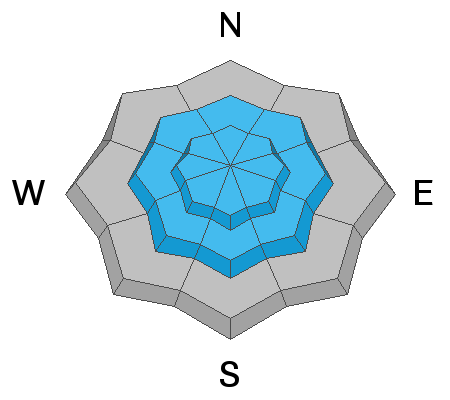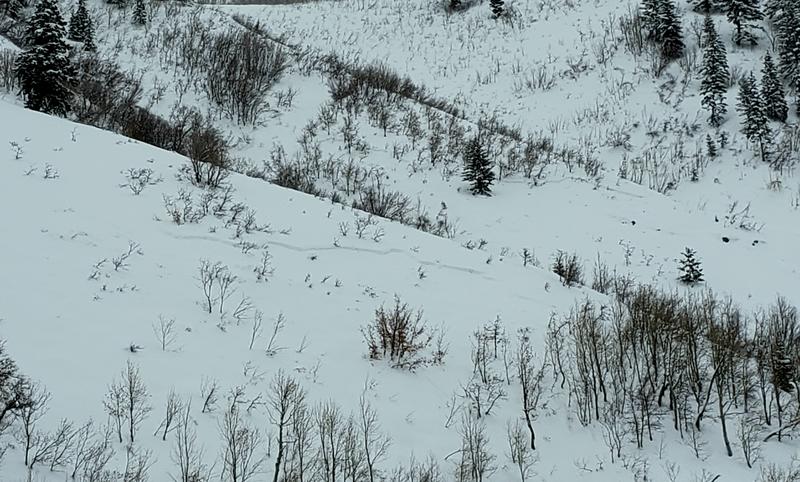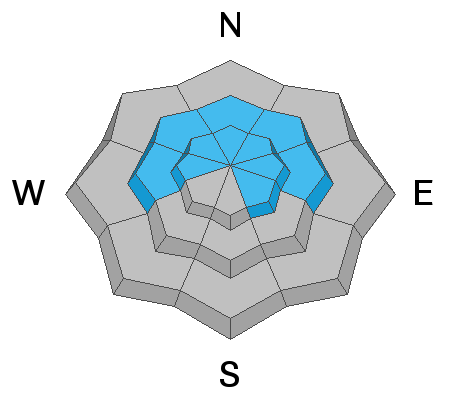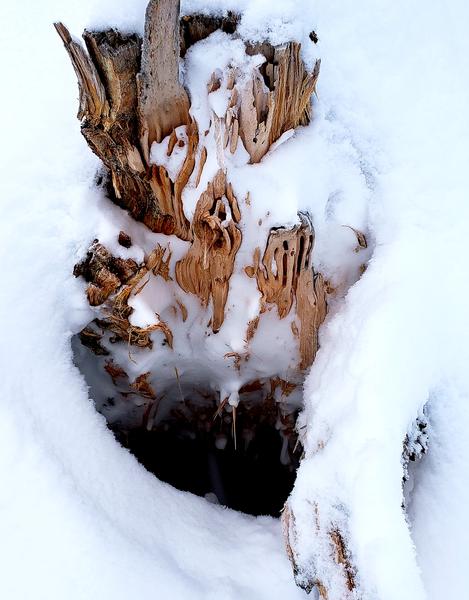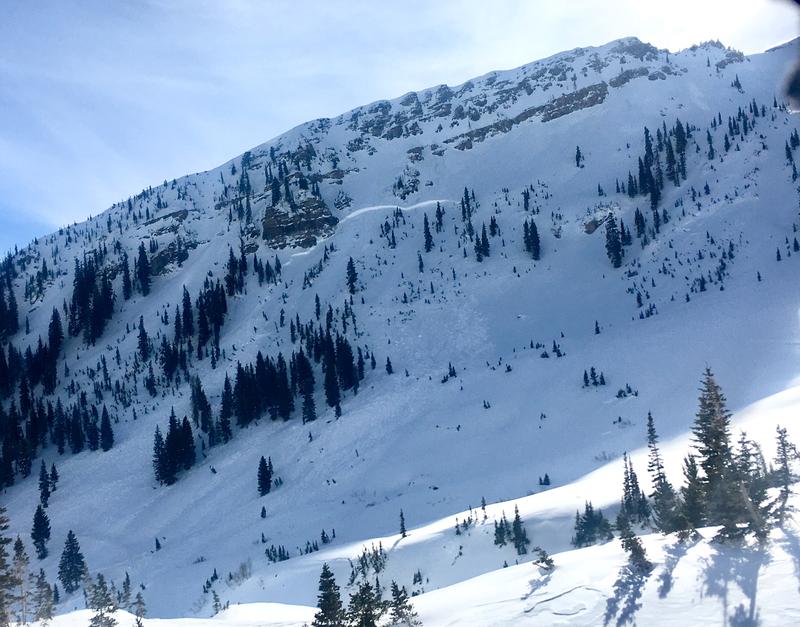Forecast for the Provo Area Mountains

Issued by Evelyn Lees on
Thursday morning, January 24, 2019
Thursday morning, January 24, 2019
The Avalanche Danger is CONSIDERABLE on all mid and upper elevation slopes and MODERATE on all low elevation slopes. Human triggered avalanches are likely on slopes steeper than about 30 degrees, especially those with wind drifts. Natural avalanches are possible, so avoid travel on and below steep slopes and in avalanche runout zones.
The Wasatch mountains have an amazing variety of terrain - those with excellent avalanche and route finding skills will find great turning and riding in untracked snow on safer low angle, wind sheltered slopes, with no steep slopes above.
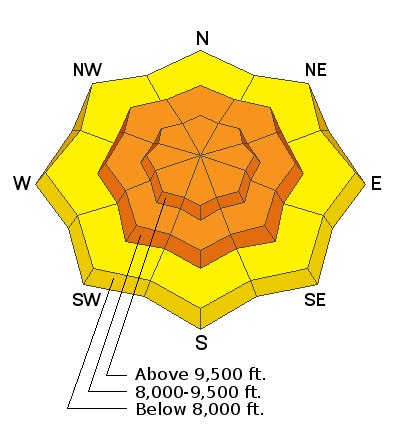
Low
Moderate
Considerable
High
Extreme
Learn how to read the forecast here


